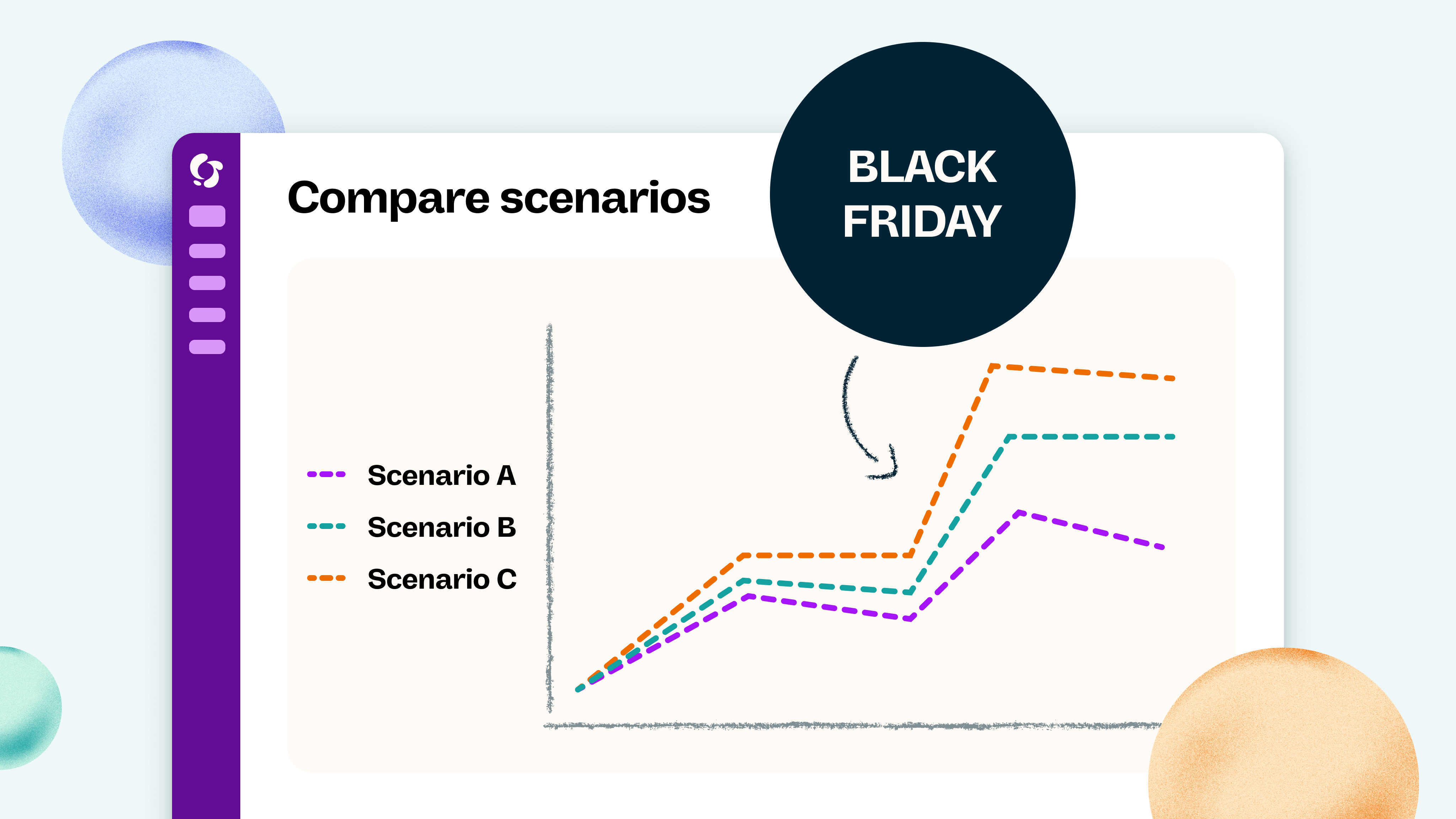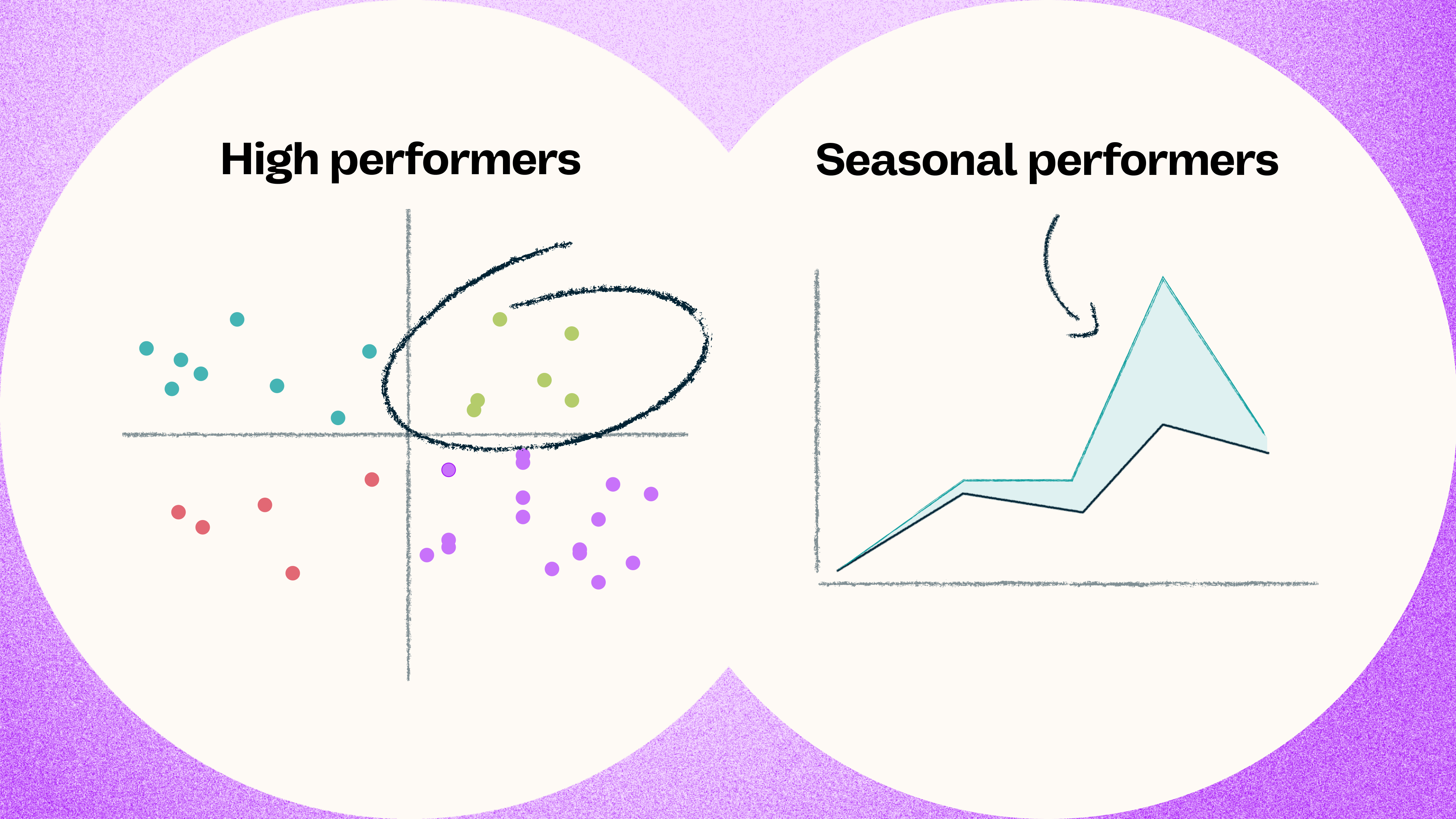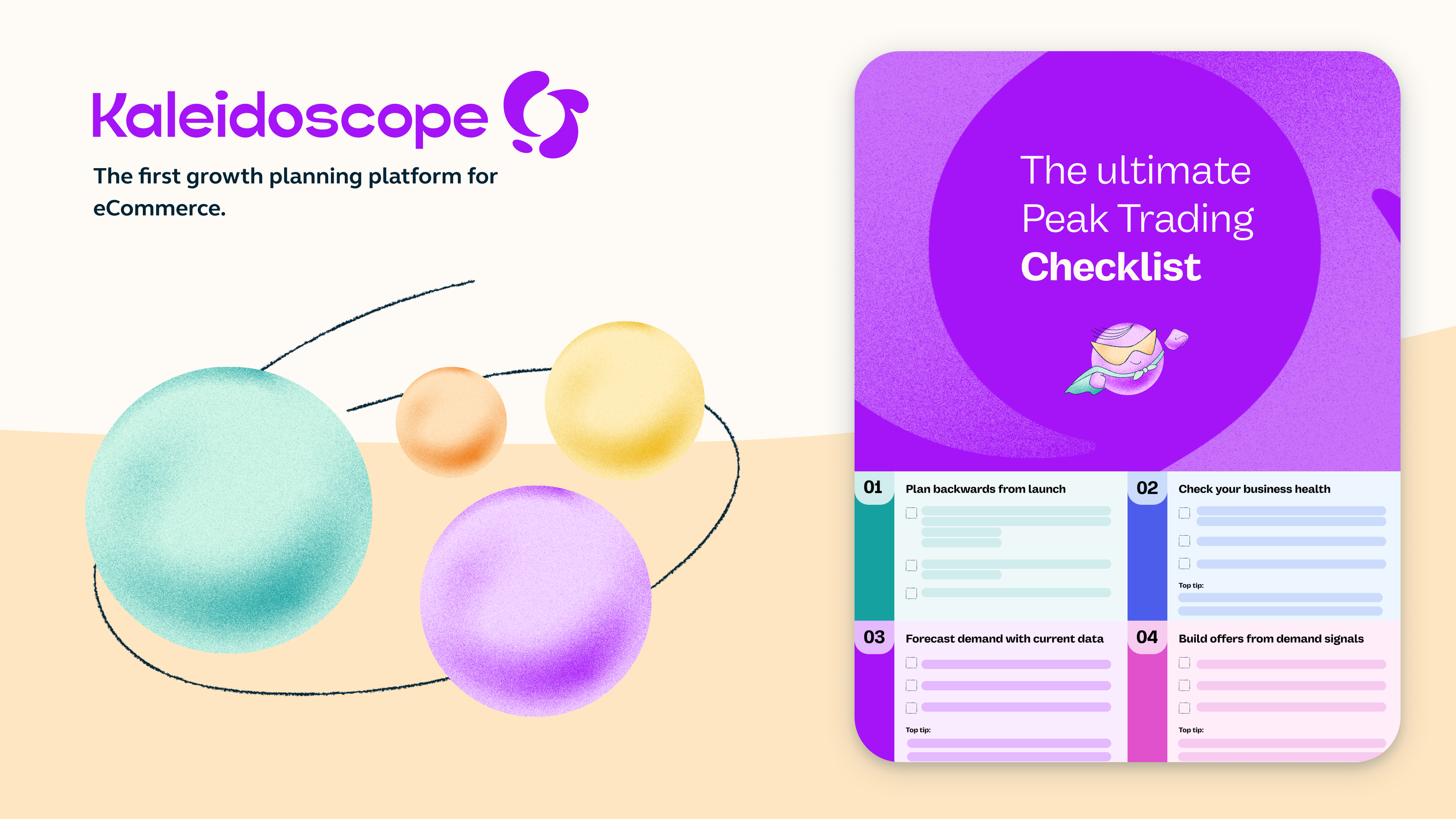
For e-commerce retailers, peak season isn’t just about having the right products, it’s about being prepared for every possible twist and turn. Whether you’re running a Shopify store or a large-scale online operation, the unpredictability of Black Friday, Cyber Monday, and Christmas can make or break your year.
That’s where scenario planning comes in. Instead of guessing how demand will play out, scenario planning helps you prepare for multiple possibilities, so you’re not left scrambling when sales surge, supply chains falter, or customer expectations shift overnight.
Why scenario planning matters for peak season
Peak season demand is inherently volatile. A TikTok video can make a product go viral in hours. A competitor’s flash sale can shift buying behaviour dramatically. A delayed shipment or carrier bottleneck can derail even the best-planned campaign.
Without scenario planning, retailers are forced into reactive decisions, panic-ordering stock, slashing margins to move inventory, or losing sales when items sell out too soon. Research shows that 46% of UK retailers have reported lost revenue during peak trading due to stockouts (Prime AI), while overstocks tie up working capital and lead to costly January markdowns. The financial risk is enormous, but the solution starts with a single, crucial step.

Step 1: identify your critical products
The first stage of scenario planning isn’t about spreadsheets, forecasting models, or marketing calendars—it’s about focus. Not every SKU needs the same level of attention, and spreading your planning resources too thin can be just as dangerous as not planning at all.
Instead, retailers should identify their critical products: the lines that will make or break peak season performance. These typically fall into three categories:
1. Hero products
These are your bestsellers—the products customers actively seek out and that generate a disproportionate share of your sales. During peak season, hero products often become the “gateway” items that draw shoppers to your store.
If a hero product sells out during a promotion, conversion rates can collapse. Studies show that even minor stockouts can wipe out around 4% of total retail sales (HBR). Losing availability on a hero product can double or triple that impact.
Ask yourself:
Which 5–10 products generated the most revenue in Q4 last year?
Which products are driving the highest traffic to your Shopify store today?
Which products are most frequently added to wishlists or abandoned carts?
These are your frontline SKUs, and they demand a tailored scenario plan.
2. High-margin products
Bestsellers aren’t always the most profitable items. High-margin products are equally important, especially when deep discounts dominate peak season. These products can absorb promotional cuts while still protecting profitability.
For Shopify merchants, margins can be quietly eroded by transaction fees, fulfilment costs, and returns. That’s why factoring high-margin items into your critical product list is vital. A hero product may drive traffic, but a high-margin product ensures peak season actually boosts your bottom line.
Questions to consider:
Which SKUs offer the highest profit contribution per unit?
Are there bundles or upsells that can increase average order value without heavy discounting?
How resilient are these products to markdowns if demand underperforms?
3. Seasonal products
Every peak season has its stars: gift sets, limited editions, or trend-driven items that sell almost exclusively in Q4. For some retailers, these can be the single biggest drivers of seasonal revenue.
The risk, however, is twofold:
Overstock, if demand fades quickly after Christmas, leaving excess inventory.
Understock, if a trend takes off faster than expected and replenishment windows close.
Monitoring social trends, pre-orders, and Shopify analytics can help validate which seasonal SKUs should be prioritised. But the real key is acknowledging that seasonal products require shorter, more aggressive scenario windows, you may only have six to eight weeks to sell through before demand collapses.
Why prioritisation is the foundation of planning
By clearly identifying critical products, you create a manageable focus for the rest of your scenario planning. Instead of spreading forecasting, logistics, and marketing resources across hundreds of SKUs, you double down on the 20% of products that could drive 80% of your peak season success.
This prioritisation also builds resilience:
If hero products go viral, you have the capacity to fulfil demand.
If margins are squeezed, you know which products can keep profitability afloat.
If seasonal trends shift, you have clear exit strategies for excess stock.
Scenario planning can feel overwhelming, but it doesn’t have to be. By starting with your critical products, you give your team a clear roadmap for where to focus time, stock, and capital.
In our downloadable checklist, we’ll walk through the next steps to transform scenario planning from theory into a powerful, practical strategy for your Shopify or e-commerce store.
Get your free Peak Trading Planning Checklist

Peak season success isn’t about luck — it’s about preparation. So we've created the ultimate guide to help you do just that.
